Age of the artistic representations: Through a careful selection of archaeological objects on display in the current permanent exhibition, we present the development of material culture in the territory of Istria from prehistory (Paleolithic, Neolithic, Bronze Age, and the particularly rich finds from the last millennium BC, discovered in the necropolises of ancient Histri, on the first floor), through the period of Roman rule (the lapidary on the ground floor and in the museum corridors, and on display on the second floor, finds from Roman necropolises, the collection of glass, ceramics, metal objects, decorative sculptures and portraits, building materials), the late Roman and early medieval periods (finds from early Christian necropolises, castles, early Christian churches, funerary finds—jewelry and clothing from Slavic necropolises—), up to the period of feudalization of the peninsula (also on the second floor), and a section of the medieval lapidary (collection of intertwined medieval ornamental sculptures).
General description of the destination: The Istrian Archaeological Museum is currently organized into the Archaeological Department (which includes the prehistoric, Roman, medieval, and modern collections, with a numismatic collection and an underwater archaeology collection currently being created), the Documentation Department, the Library Department, the Education Department, and the Conservation-Restoration Department. In addition to the main building, the museum also has collections located in the amphitheater of Pula, for which it is also responsible, the Temple of Augustus, the Franciscan monastery, and Nesactium.
History of the site: The collection of the Pula Museum began in the first half of the 19th century with the compilation of stone monuments from the Temple of Augustus. The discovery of stone, ceramic, and metal objects in Nesactium served as the basis for the creation of the Museum of Antiquities (Museo d’antichità) and the Municipal Museum of Pula (Civico Museo della città di Pola) in 1902. Its headquarters were located in a building that no longer exists, in Uspon Sv. Stjepana, near the Arch of the Sergii.
With the relocation of the headquarters of the Istrian Society of Archaeology and Local History (Società istriana di archeologia e storia patria), and the transfer of part of the archaeological inventory from Poreč to Pula, the Municipal Museum merged with the State Collection (stone monuments) and the Provincial Museum of Poreč (Museo Provinciale), resulting in the creation of a single regional institution, and thus the Royal Museum of Istria (Regio Museo dell’Istria) was founded in 1925. Due to the richness of the collections, it soon became necessary to find new exhibition facilities, so a building that had housed the former Austrian secondary school (built in 1890) was adapted to meet the new needs of this museum, which opened to the public in 1930.
Museographic resources description: The prehistoric collection of the Archaeological Museum of Istria consists of finds ranging from the Paleolithic period to the last centuries BC. Many of these finds were collected by scanning the surface of the ground, which is often the only evidence that an archaeological site exists where no other explorations have been carried out. Most of these finds are pottery fragments, as well as bone or stone tools collected from the surface of numerous fortified settlements. The discoveries made at the Nesactium-Vizače site, located near Valtura, played a key role in the creation of the Pula museum in 1902, with its rich necropolis of Iron Age urns and fragments of prehistoric stone sculptures and reliefs.












